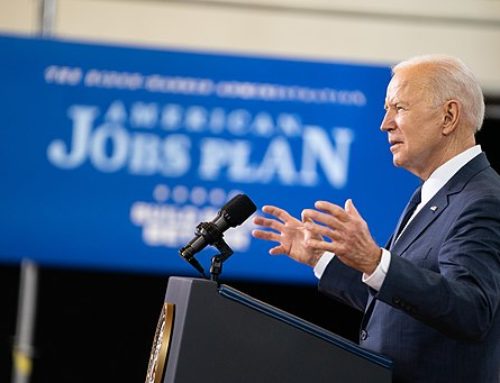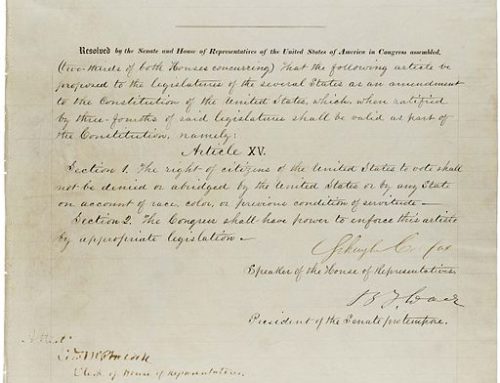As we think about 2021, the words from Charles Dickens’ 1859 historical novel “A Tale of Two Cities” remain relevant: “It was the best of times, it was the worst of times … it was the season of Light, it was the season of Darkness … we had everything before us, we had nothing before us … .” In short, it was a period very like the present.
The staggering disruption and destruction caused by COVID-19 has cast a blemish over us. To date, in the United States, more than 17 million of our fellow citizens have contracted the coronavirus, and more than 300,000 people have died. The number of unemployed persons, at 10.7 million, remains 4.9 million higher than in February. More than 100,000 small businesses have closed because of the pandemic.
COVID-19 changed the trajectory of the three big forces that have shaped the modern world:
- Globalization has been curtailed;
- The digital revolution has accelerated;
- The geopolitical rivalry between China and the United States has intensified.
We can expect our world to be more digital. We have witnessed a dramatic shakeup in how people live, what they buy, how they purchase and where they work. The pace of online shopping, learning and working from home has accelerated. McKinsey in May 2020 wrote that online shopping made enormous progress – 10 years’ growth in three months. Bill Gates predicted that 50% of business travel and more than 30% of days in the office would go away as a consequence of the pandemic.
While the foregoing summarizes the pandemic’s extensive swath of destruction, the responsiveness of our society needs recognition. Many businesses that historically emphasized the physical shopping experience now prioritize their digital service. Digital storefronts are welcoming customers. In order to retain business, brick-and-mortar retailers have (1) expanded delivery services, and (2) instituted far-reaching initiatives to minimize the downside of human contact.
The success of Nike is illustrative of the New Age. On Friday, the company announced its flagship brand’s digital revenue increased 84% for the quarter ended Nov. 30. For years, Nike has beefed up its direct-to-consumer business. By contrast, it has cut back on its wholesale stores.
In 2020, Walt Disney’s fortunes experienced a roller coaster ride. Disney’s revenues from its theme parks and cruises plummeted. By contrast, Disney Plus has amassed more than 86 million subscribers since launching in November 2019. Earlier this year, Disney suspended its dividend. Since then, its fortunes have rebounded. The company announced that its third-quarter revenues exceeded expectations and that it had suffered significantly fewer losses than originally anticipated.
This year, investors have committed record funds, some $11 trillion. Half has been invested in corporate bonds. Such expenditures have helped companies cope from cash flow and revenue shortfall. To put this astounding number into perspective, in 1990 and 2000, total investments were only $709 billion and $3.1 trillion, respectively. The sheer amount of investible funds provides ample reason for optimism that irrespective of COVID challenges, the system has ample liquidity.
America’s Initial Public Offering Market (IPO) reached the frenetic levels that we last experienced during the dot-com era. Instead of seeing red flags, investors flocked to new issues.
It would be enlightening to interview Charles Dickens on his perspective. Would he focus on the widespread hunger and economic woes besetting millions of us, or would he marvel at the accomplishments of modern science that prevented another bubonic plague?
The outpouring of innovation has certainly dispelled our despair. We can be optimistic that there is light at the end of the tunnel. To overcome the pandemic’s negative repercussions, companies have introduced far-reaching hi-tech innovations. We have invested trillions of dollars into new technologies. Our resilience in the face of adversity deserves accolades.
Originally published in the Sarasota Herald-Tribune



